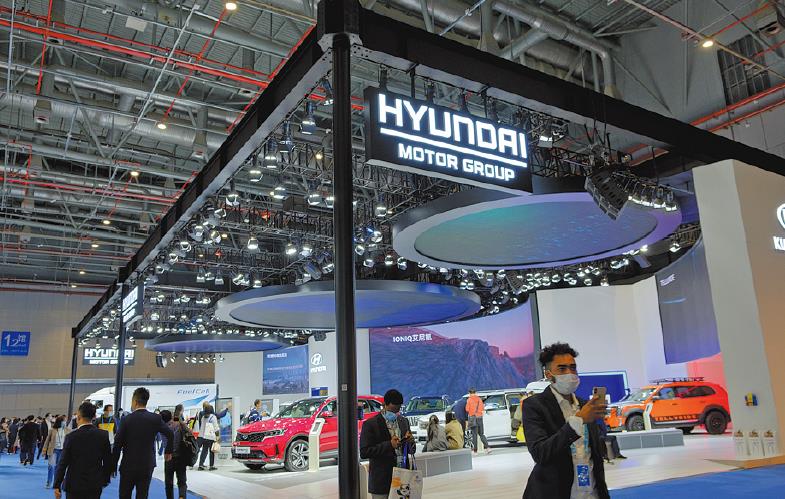Hyundai to establish first overseas digital R&D facility in China

Hyundai Motor Group will establish its first overseas digital R&D facility in Shanghai later this year, as part of its effort to build vehicles that appeal to tech-savvy Chinese customers.
The facility will focus on autonomous driving, connectivity, electrification and shared mobility, said the South Korean carmaker at a live conference on Thursday.
Hyundai said work at the facility will center on local Chinese customers' demands and the results will be applied globally.
This is part of a broader campaign to restore Hyundai's glories in China, the world's largest vehicle market.
Hyundai entered the Chinese market in 2002 and sales of Hyundai and Kia vehicles hit a record 1.8 million in 2016.
It then started a downward spiral in the country as German and Japanese carmakers grew their market share and Chinese carmakers began to produce better vehicles.
"We'll admit that the past several years have not been easy for us in China," said Kwang-Guk Lee, president of Hyundai's China operations.
"But with the boldness in Hyundai and Kia DNA, we will overcome the challenge and prepare for a new lift."
Hyundai said it plans to launch electric vehicles in China every year starting from 2022 to enhance its presence in the world's biggest NEV market.
The total number of new energy vehicles in China, including hybrids and fuel cell vehicles, will reach 21 by 2030.
The group also plans to cut the number of its gasoline vehicle models to 14 in China from the current 21 by 2025.
Hyundai is building its first overseas fuel cell system production plant in China, with completion aimed for the second half of 2022.
"We hope to play a role in China's transition into a hydrogen society," said Lee.
The plant, located in Guangzhou, Guangdong province, will be wholly owned by Hyundai, and investment is expected to total 8.5 billion yuan ($1.3 billion) by 2030.

